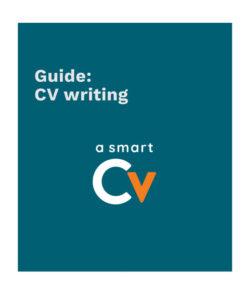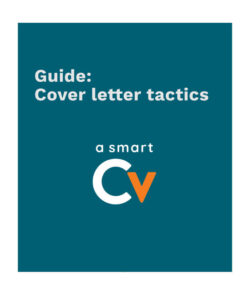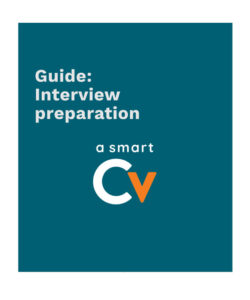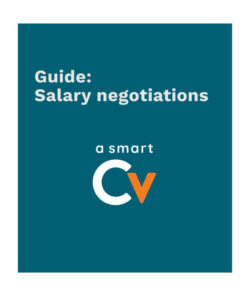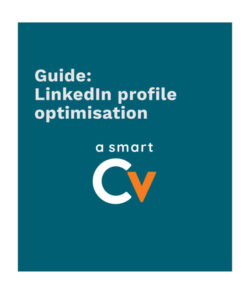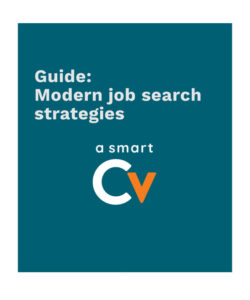The Ultimate CV Writing Guide
In today’s competitive job market, where recruiters spend just 7 seconds on initial CV screening, creating a compelling curriculum vitae is more crucial than ever. This guide blends time-tested wisdom with modern AI capabilities to help you craft a CV that opens doors.
Your CV serves as a professional marketing document with one primary purpose: to secure an interview. Understanding the psychology of hiring managers gives you a significant advantage. Recruiters unconsciously look for the “Perfect Fit” (matching your experience to their mental template), respond to the “Authority Principle” (subtle demonstrations of expertise), value the “Concrete Detail Effect” (specific achievements rather than general claims), and exhibit an “Achievement-Orientation Bias” (preferring results over responsibilities).
Structure your CV with clean, consistent formatting and essential sections: contact information, a concise professional profile, 6-8 relevant skills, achievement-focused work experience, education details, and optional additional information. For maximum impact, transform responsibility statements into achievement bullets using the formula: strong action verb + what you did + quantified result + challenges overcome.
The art of tailoring cannot be overstated, but must be balanced with authenticity. Appropriate tailoring includes highlighting relevant experience, mirroring terminology from the job description, reframing experience to showcase transferable skills, and strategically omitting irrelevant details. However, never claim skills you don’t possess, invent achievements, or create a persona you can’t maintain.
For Applicant Tracking Systems (ATS), use standard section headings, incorporate keywords naturally, avoid complex formatting elements, use standard file formats, spell out acronyms, and opt for conventional role titles.
Common pitfalls to avoid include spelling errors, generic content, responsibility-focused descriptions, unexplained employment gaps, overwhelming text, irrelevant information, outdated formats, and poor digital compatibility.
Remember that your CV is a living document that should evolve with your career. Schedule regular updates—monthly for new achievements, quarterly for skills, biannually for your professional summary, and annually for comprehensive reviews.
By striking the right balance between strategic presentation and authentic representation, you’ll create a CV that not only passes technical screenings but also compels hiring managers to invite you to interview, where you can further demonstrate your unique value proposition.
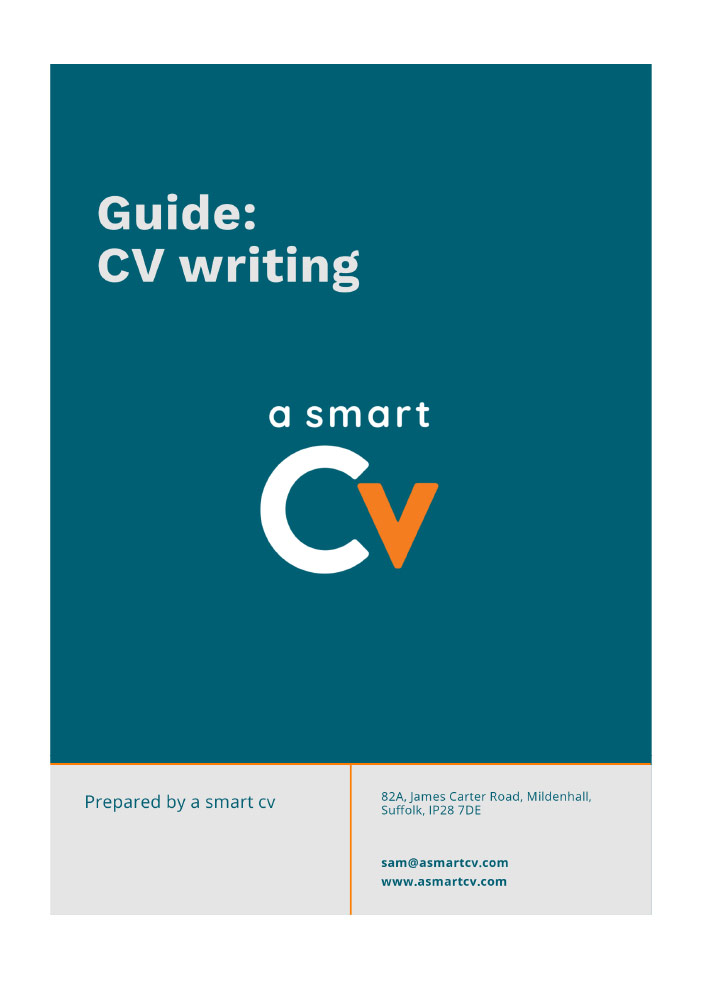
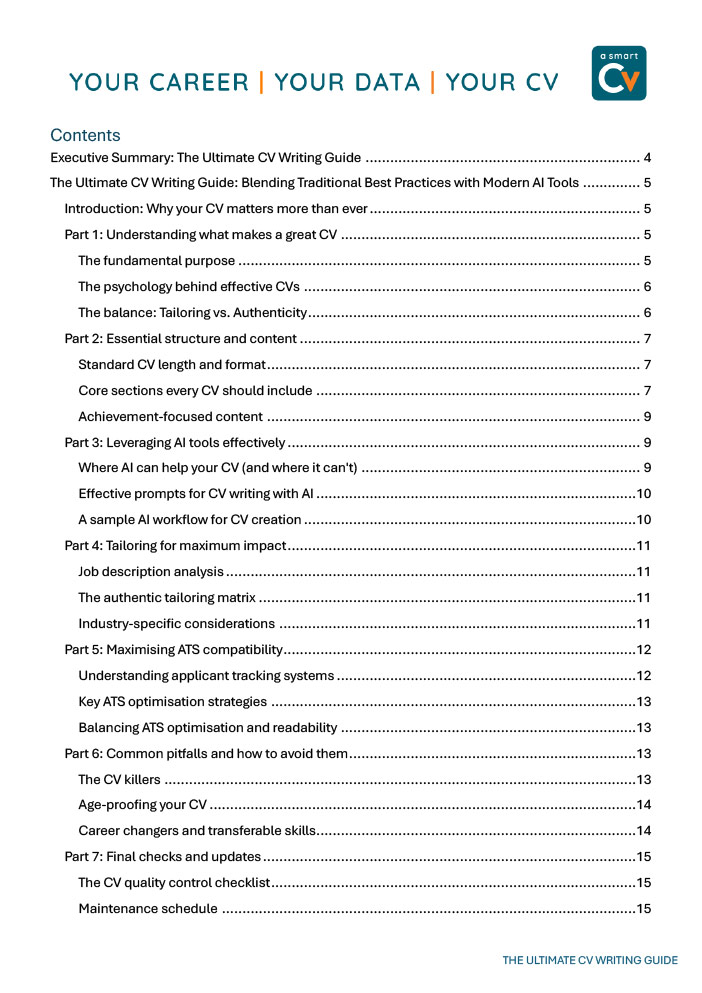
 PREVIOUS
PREVIOUS


